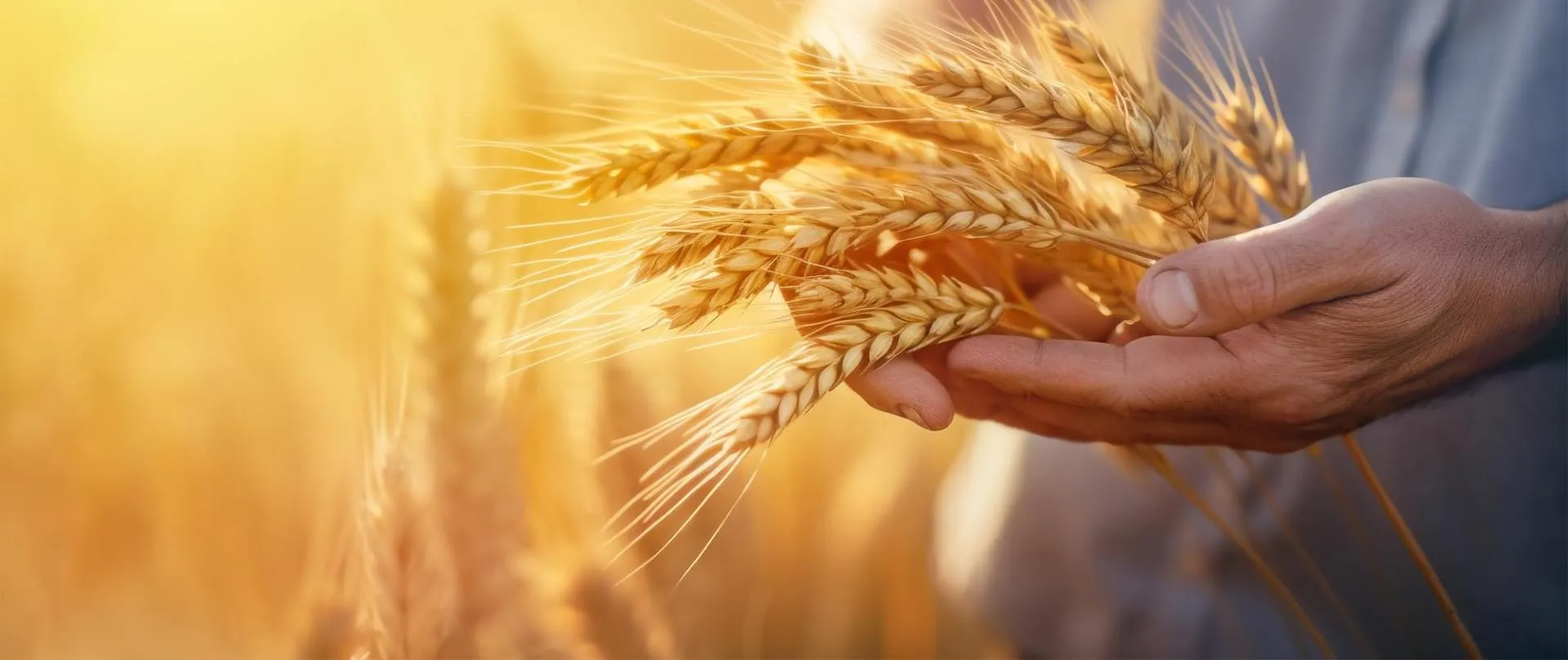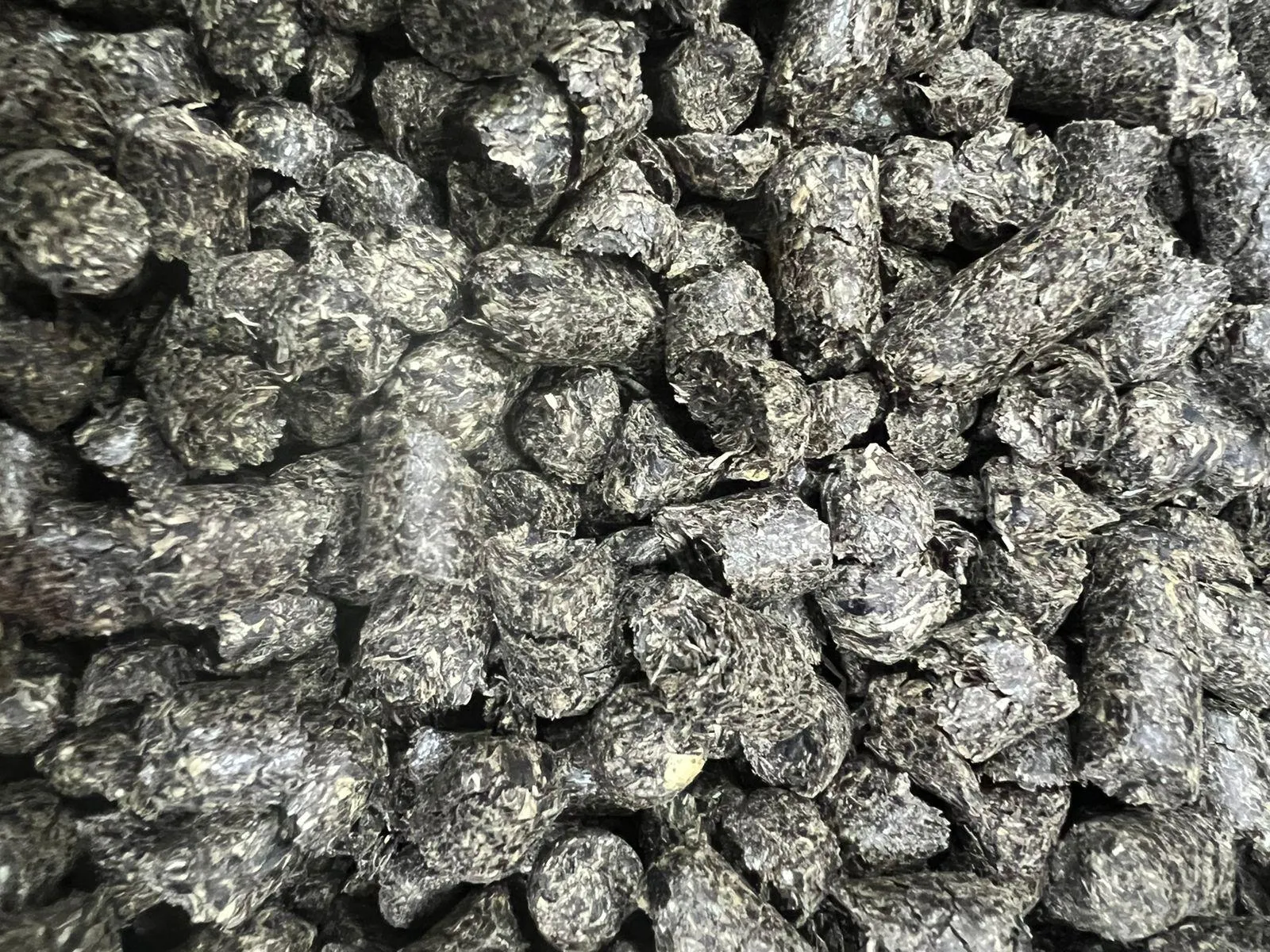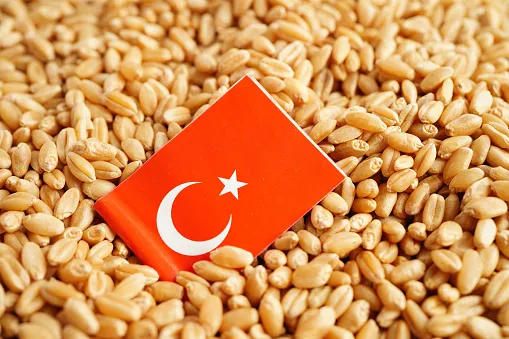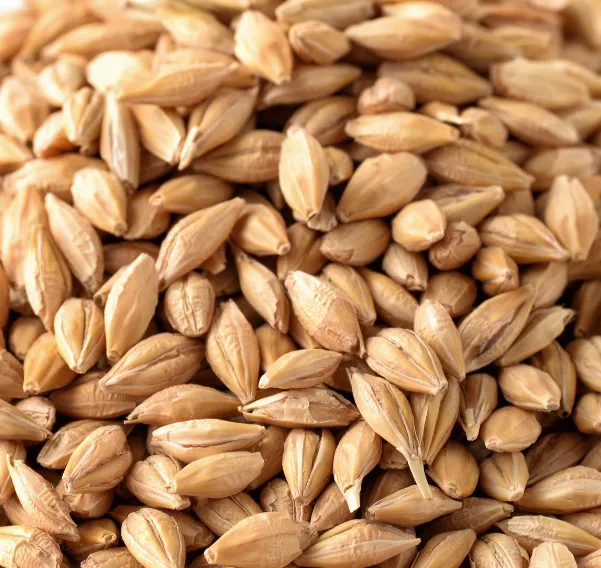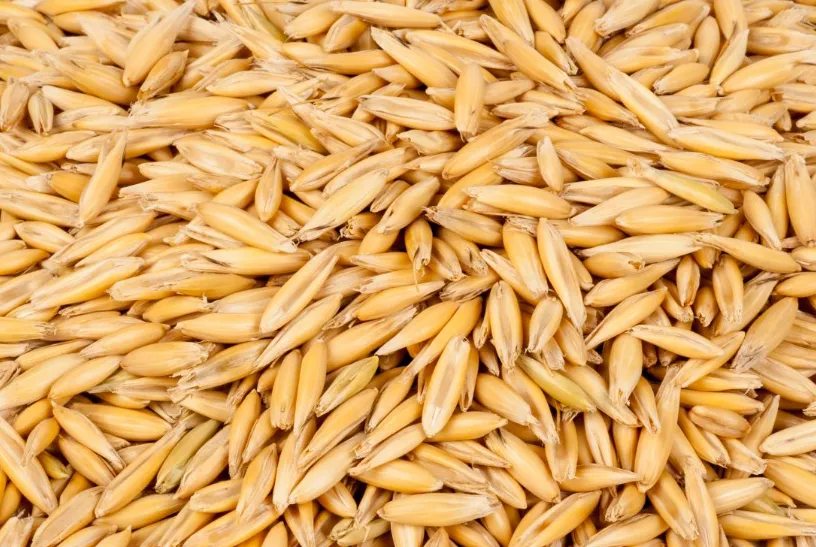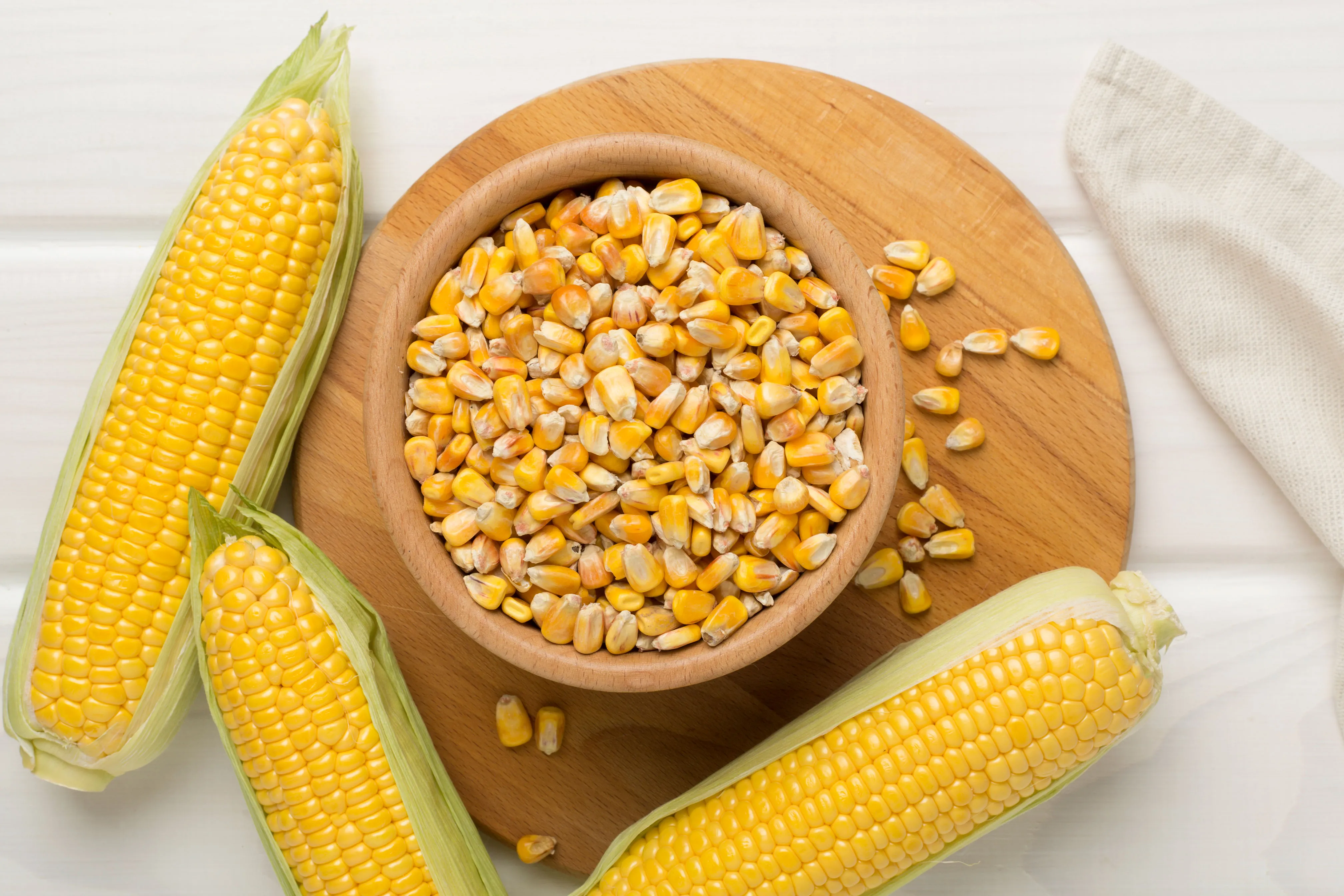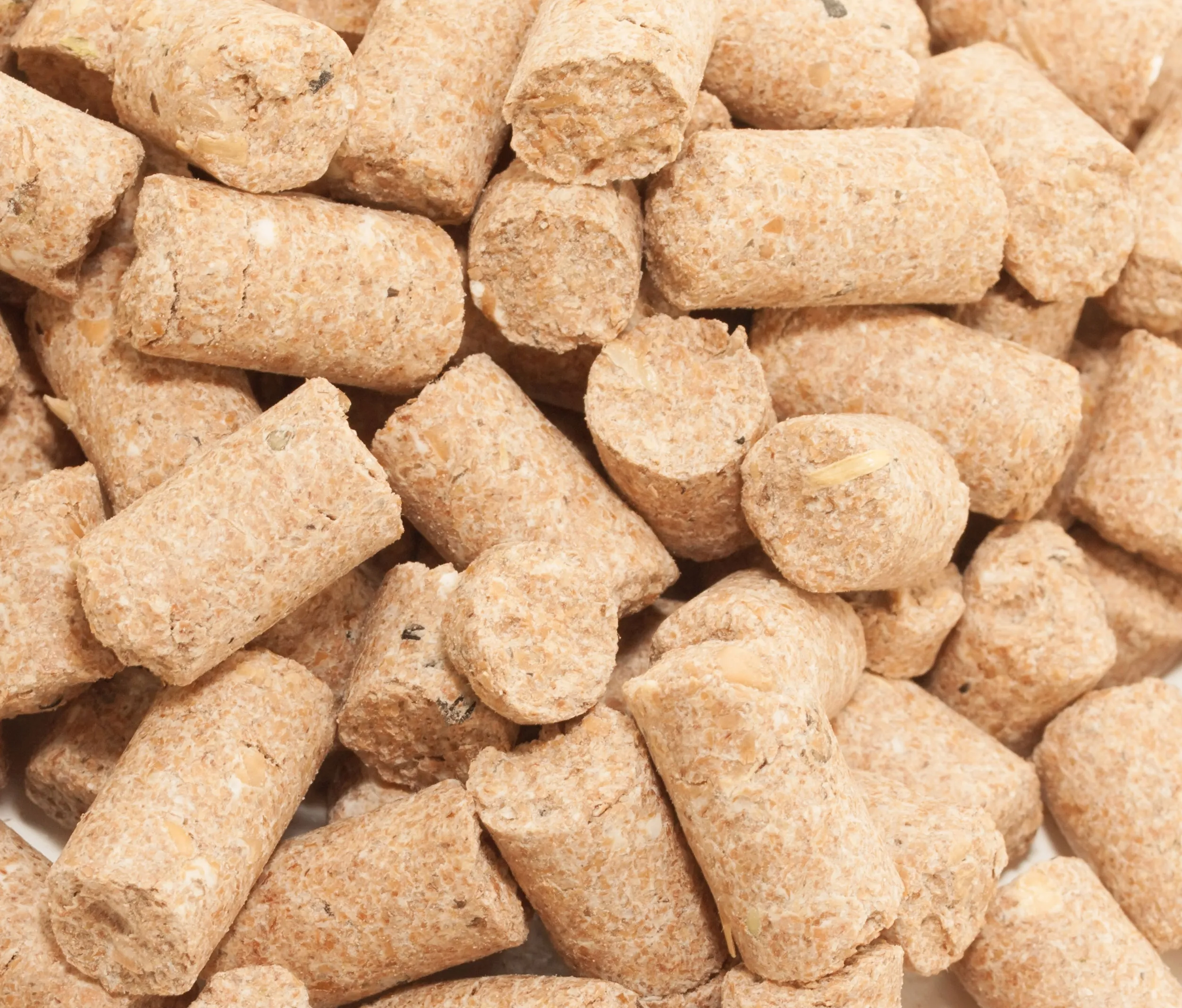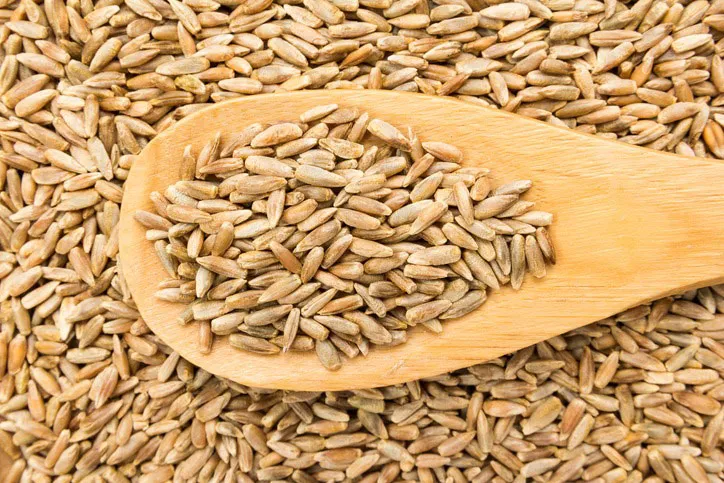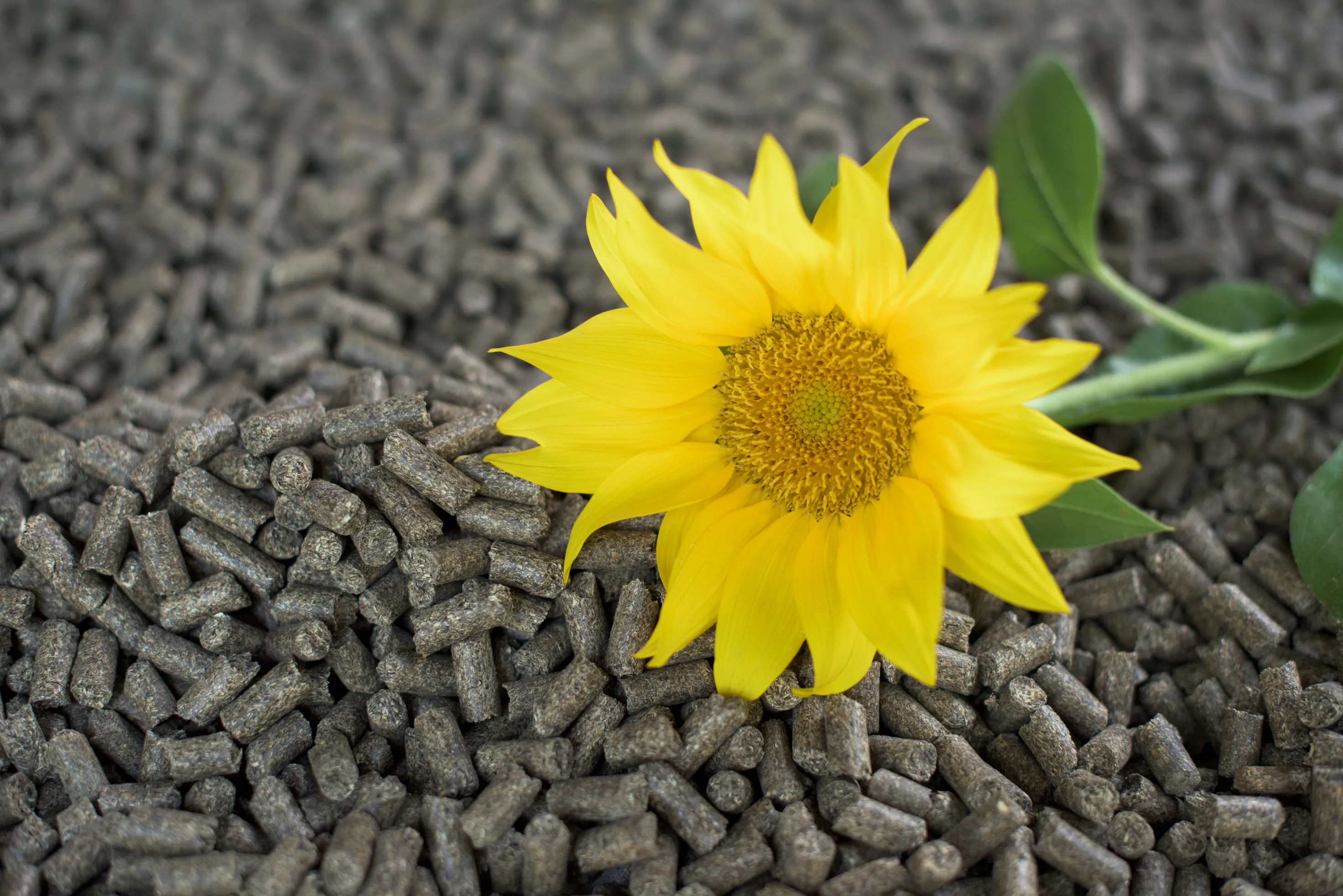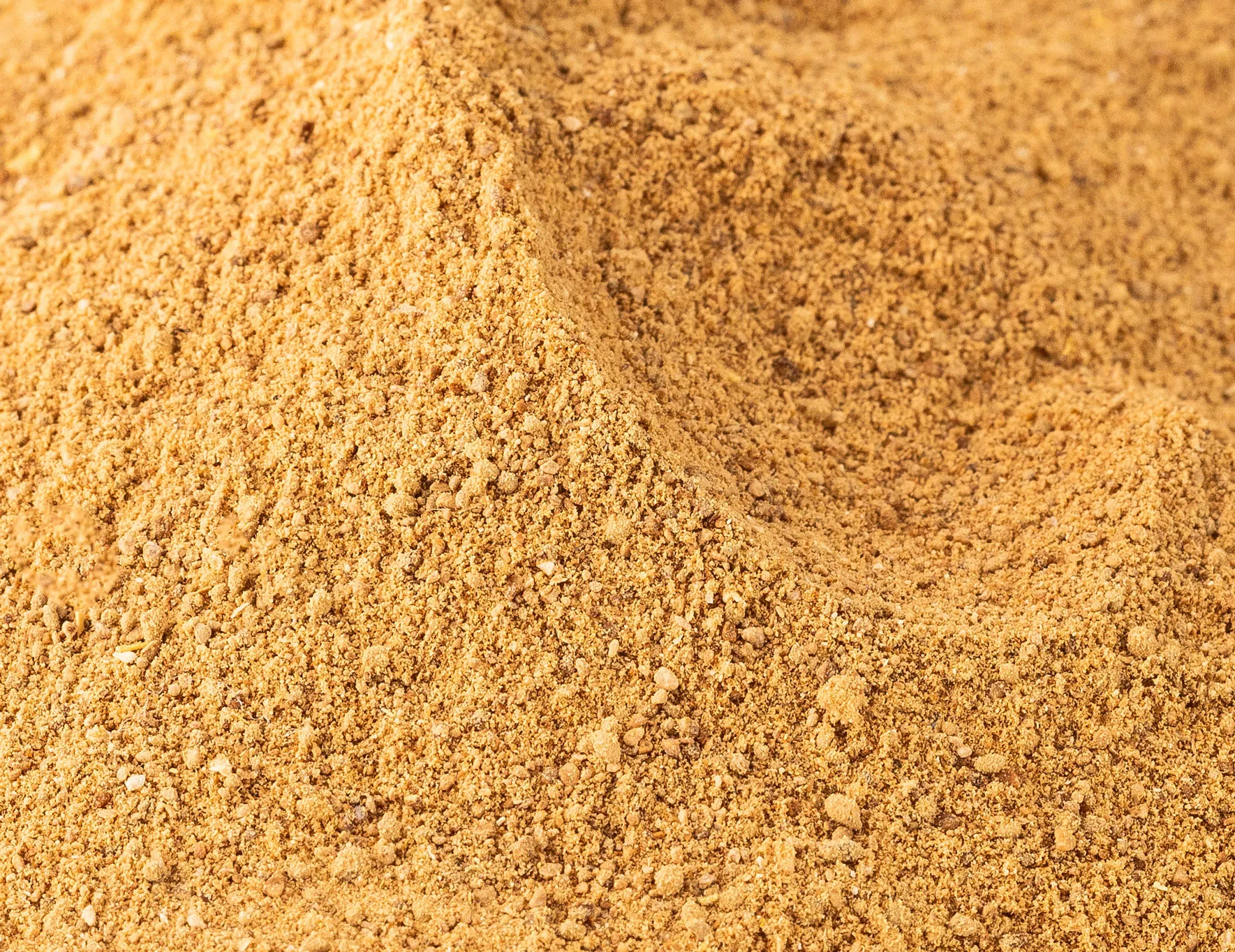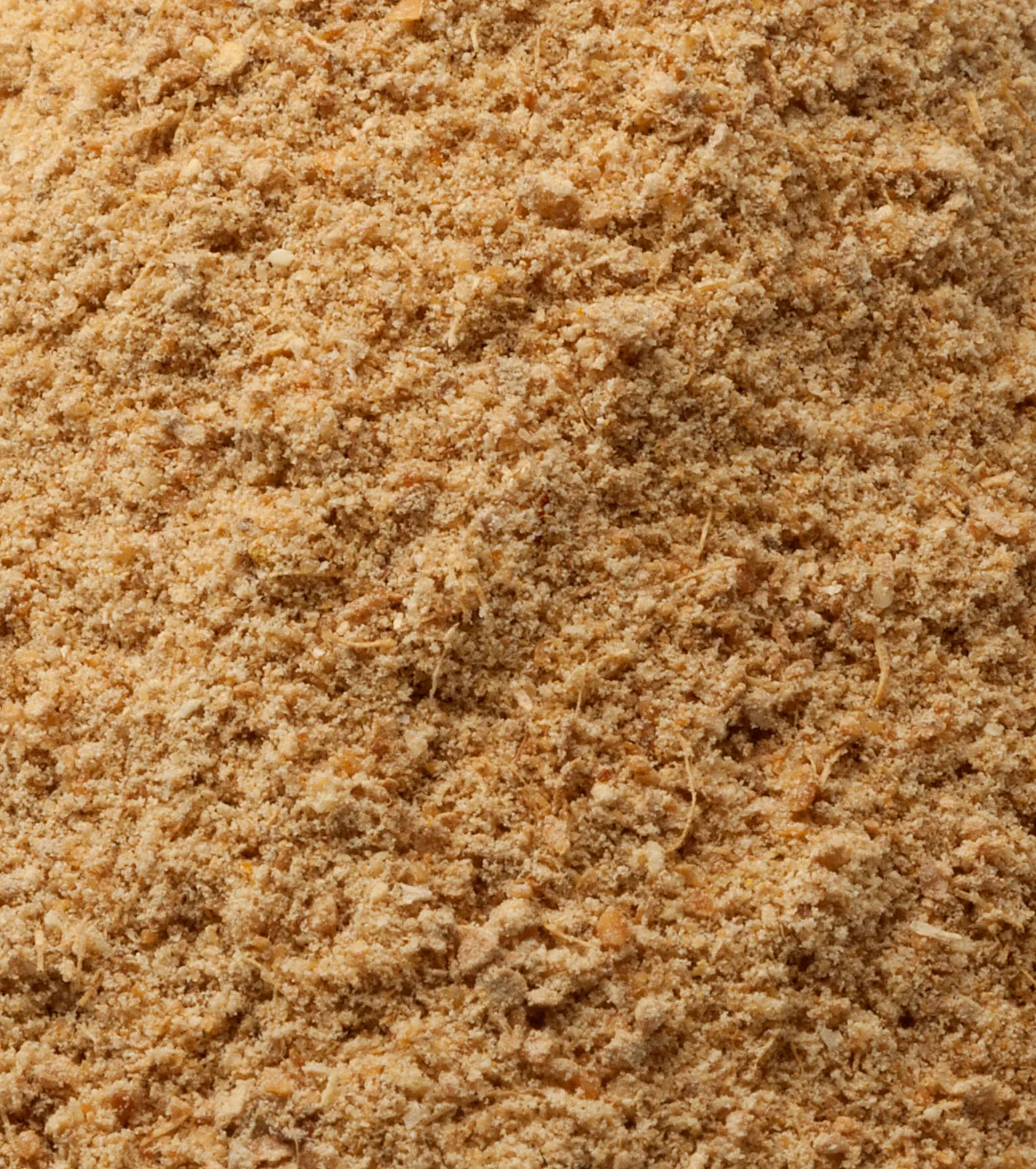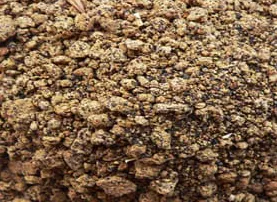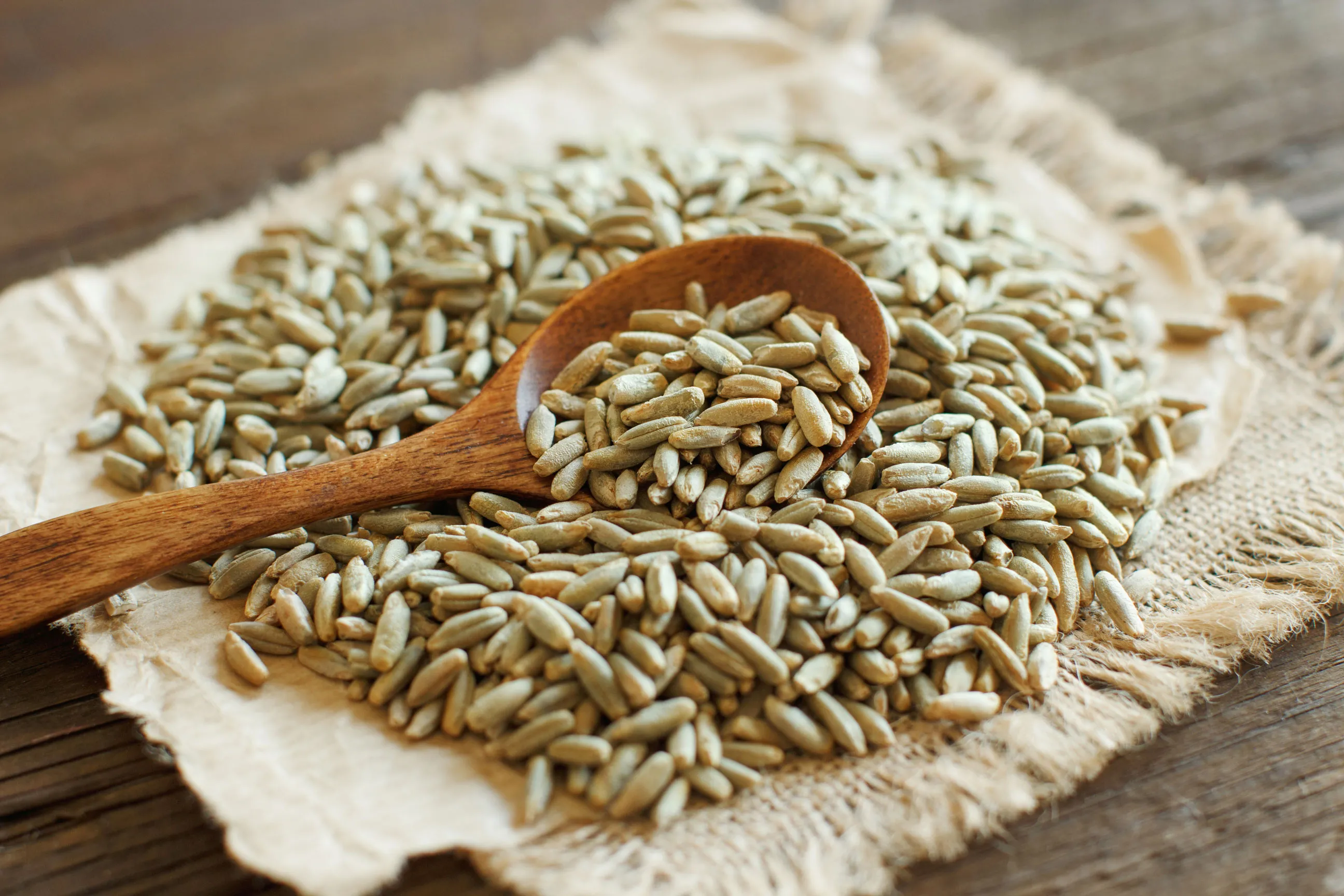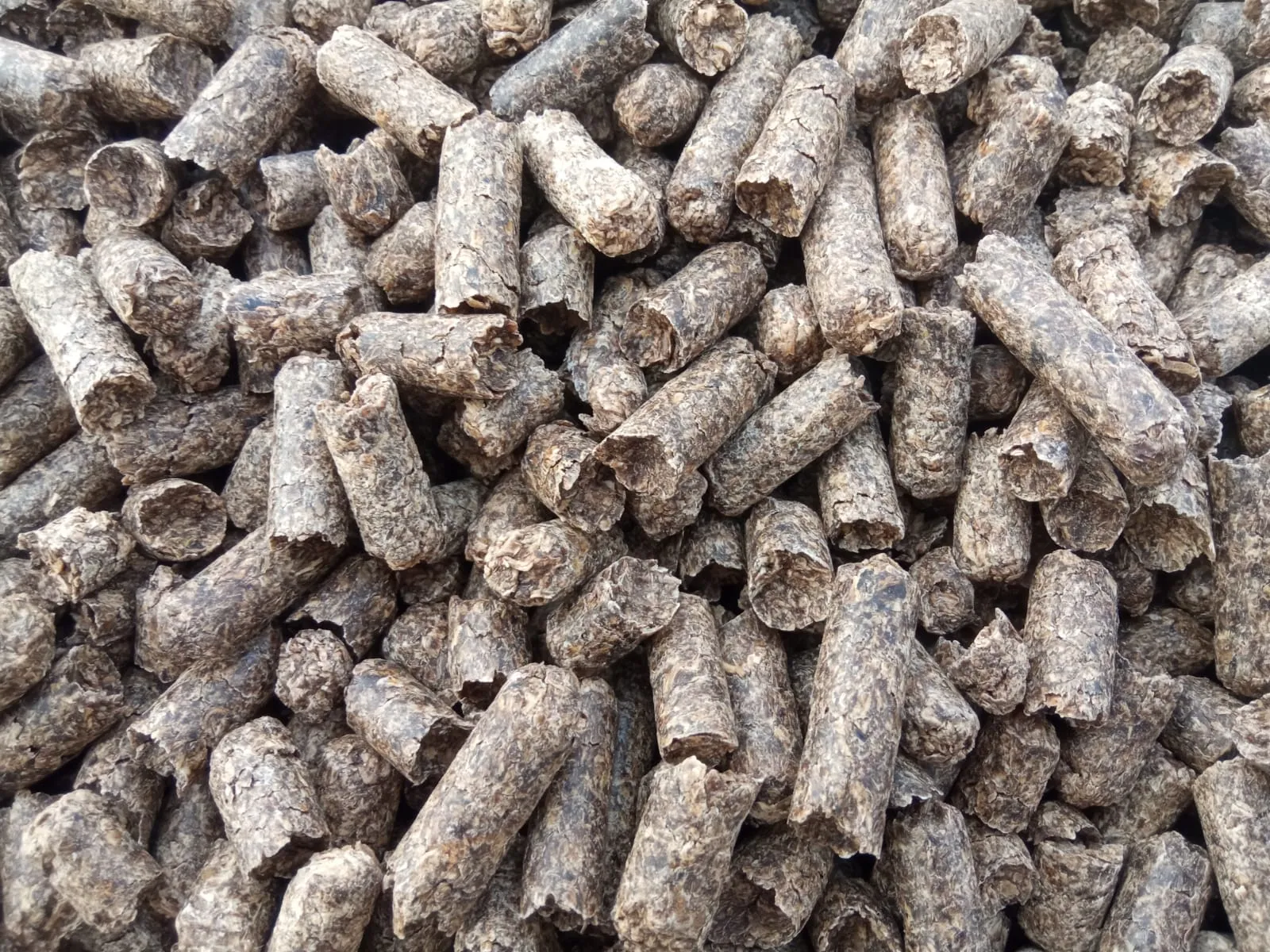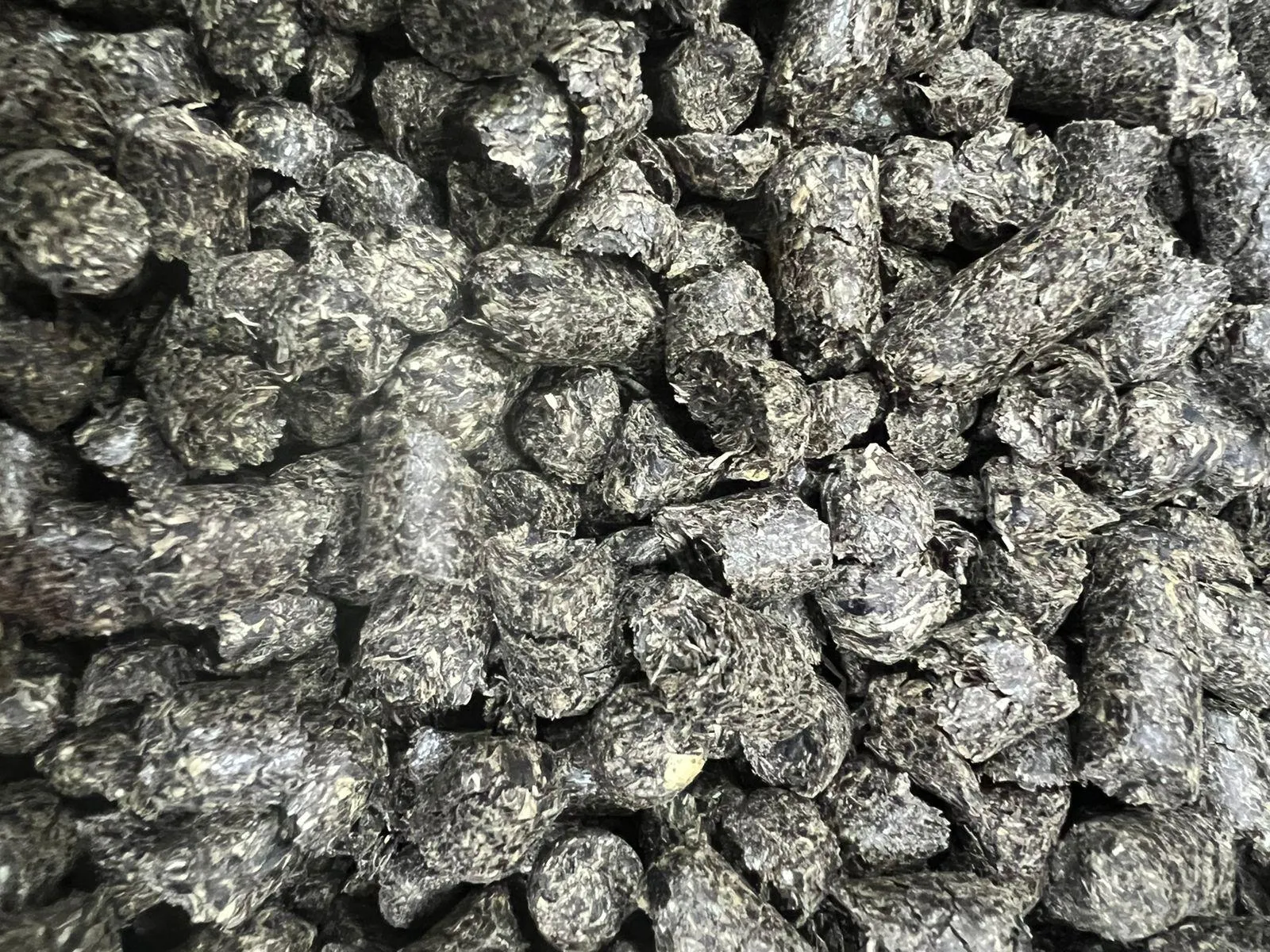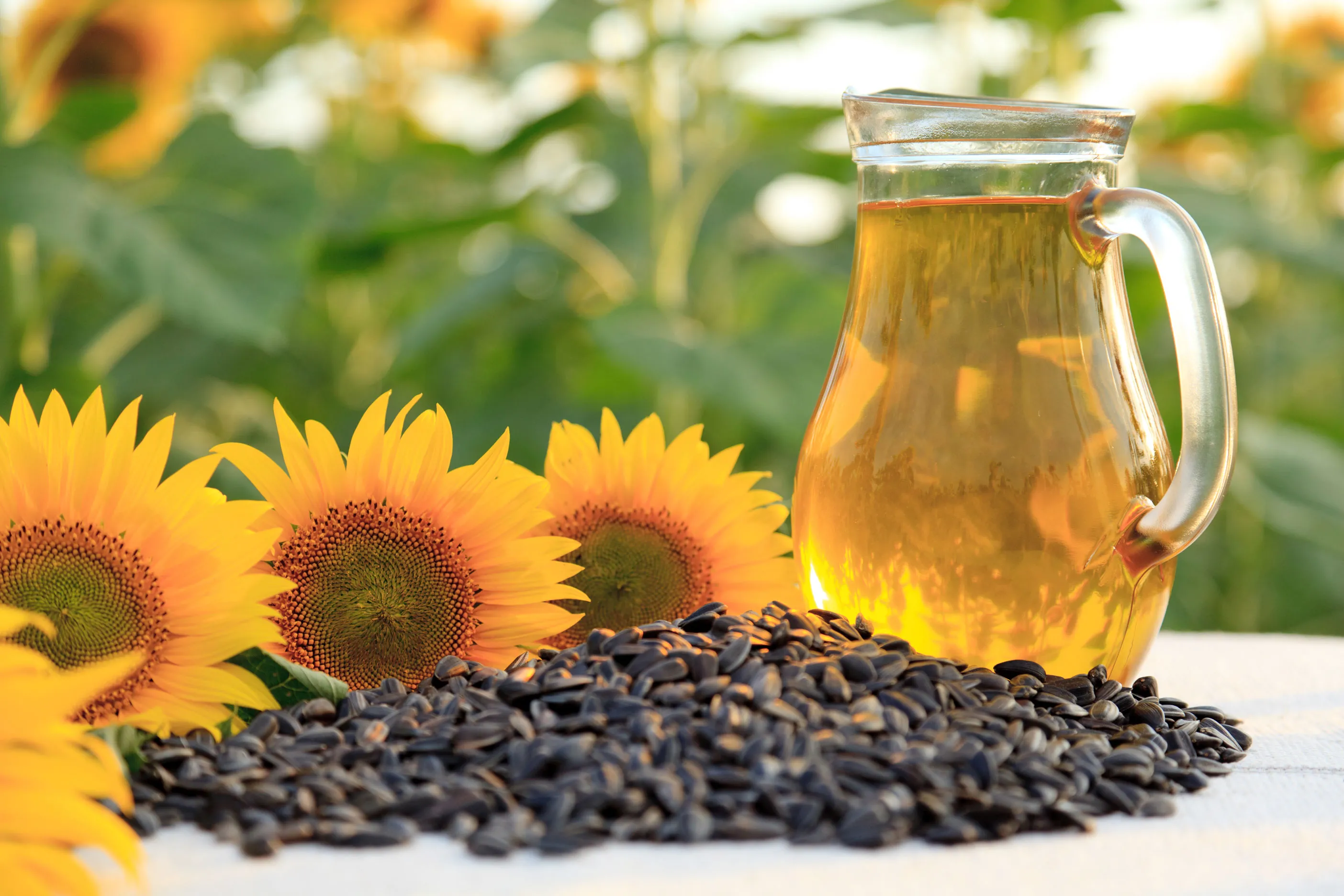Sunflower hulls are a by-product generated during the dehulling of sunflower seeds prior to oil extraction or flour production. The collected hulls are dried and processed for use in the feed industry
The ash content and characteristics are not significantly different from those of wood. However, while straw briquettes have an ash content of 10.8%, sunflower hull pellets contain only 3.6%.
Oil-type sunflower hulls contain higher levels of protein and fat compared to confectionery-type hulls, making them a valuable feed source for animals. In cattle farming, sunflower hulls can also be used as bedding material instead of straw, as they offer similar liquid absorption capacity
Sunflower hulls are high in cellulose but low in overall nutritional content. They are not difficult to digest. When pelletized, sunflower hulls have a higher heat content compared to briquetted straw.
Nutritional Values of Sunflower Hulls
Sunflower hulls are primarily used as roughage in livestock feeding. Below are the general composition and nutritional values of sunflower hulls
Crude Fiber: 35–45%
Protein: 5–7%
Fat: 1–3%
Carbohydrates: 40–50%
Cellulose: High
Minerals: Contains potassium, phosphorus, magnesium, and calcium
Sunflower hulls are a fiber-rich feed source with relatively low energy value. They are beneficial for ruminant animals—particularly cattle, sheep, and goats—as they act as a component that facilitates digestion and supports rumen health.

